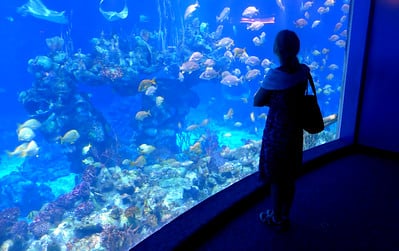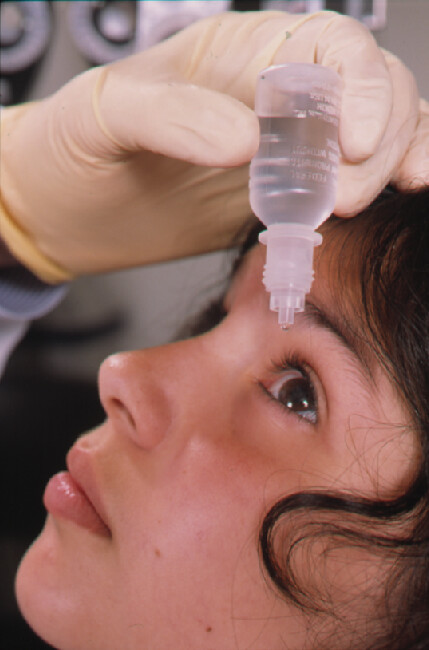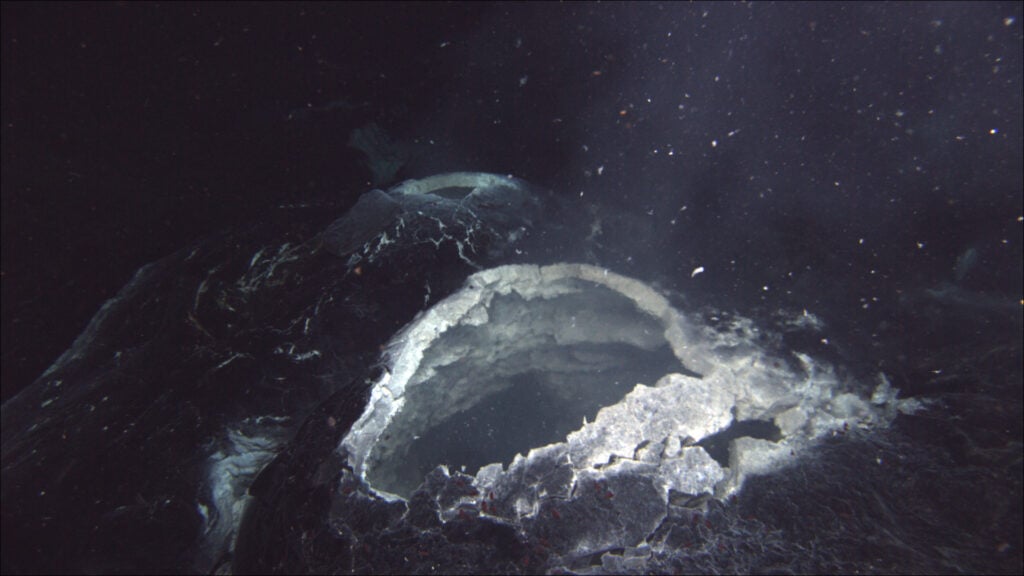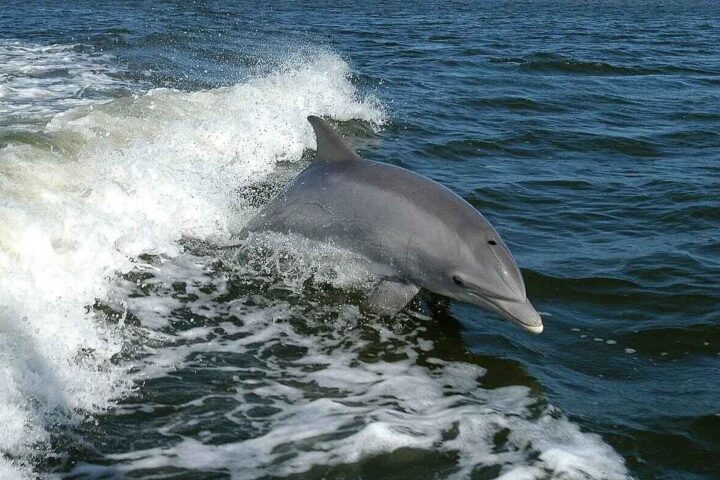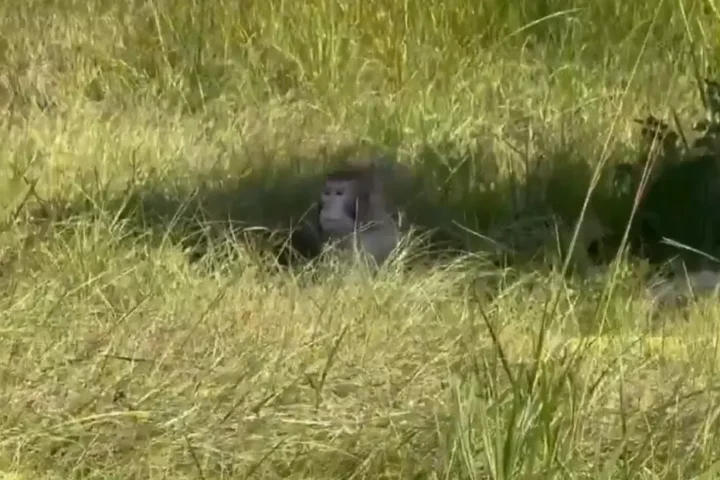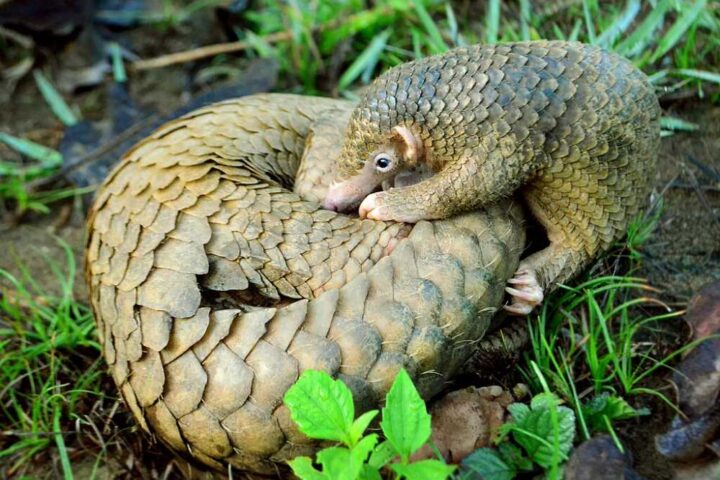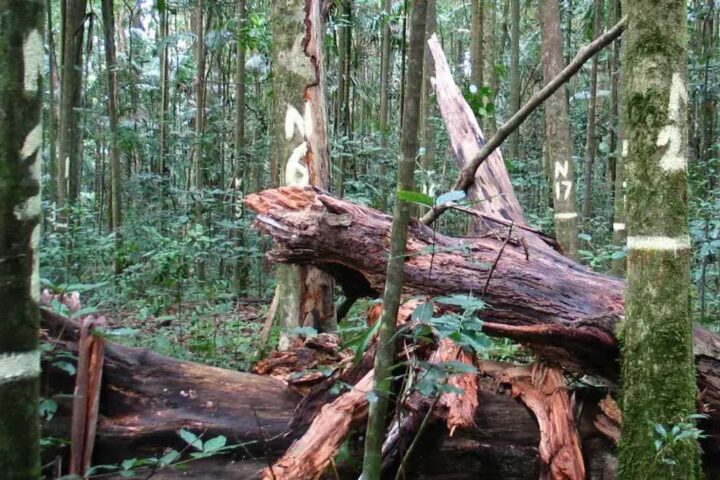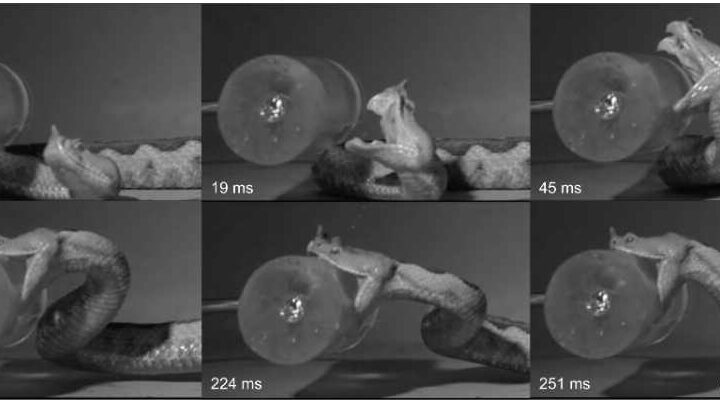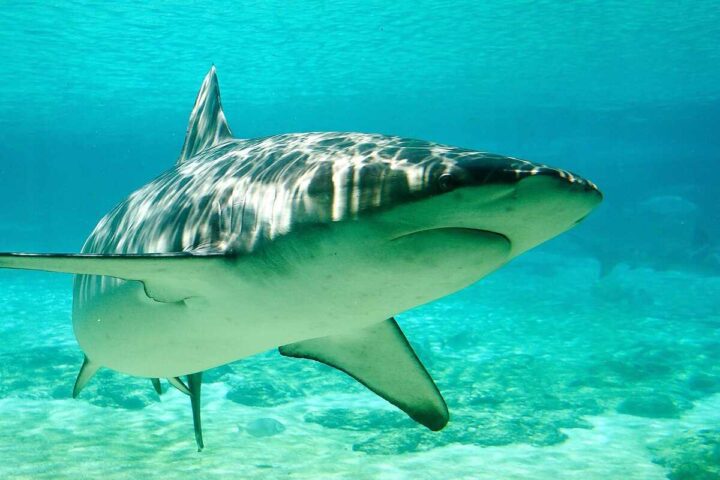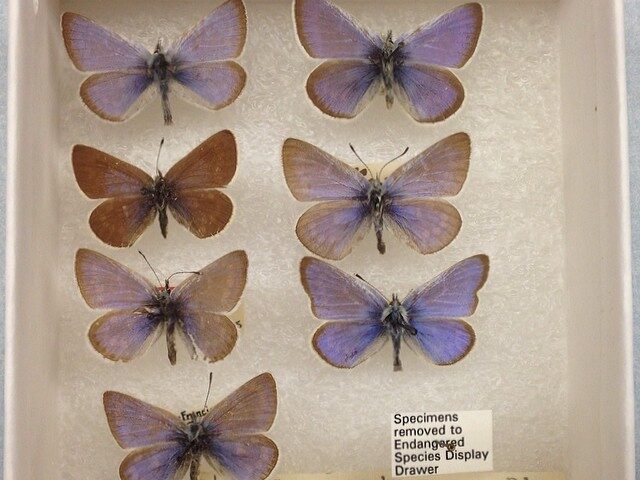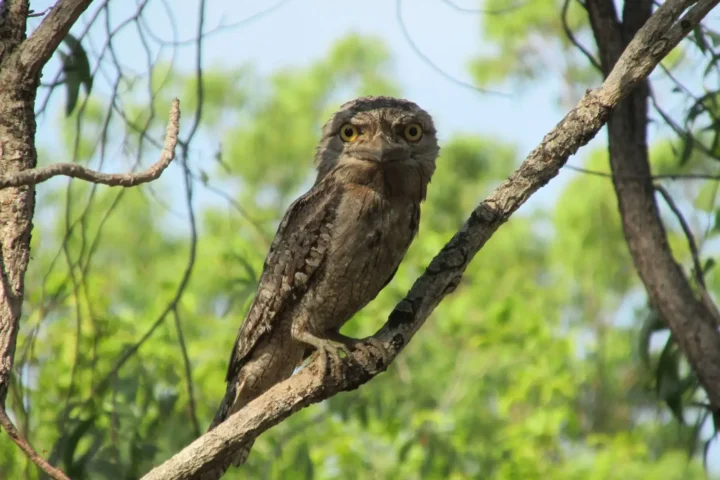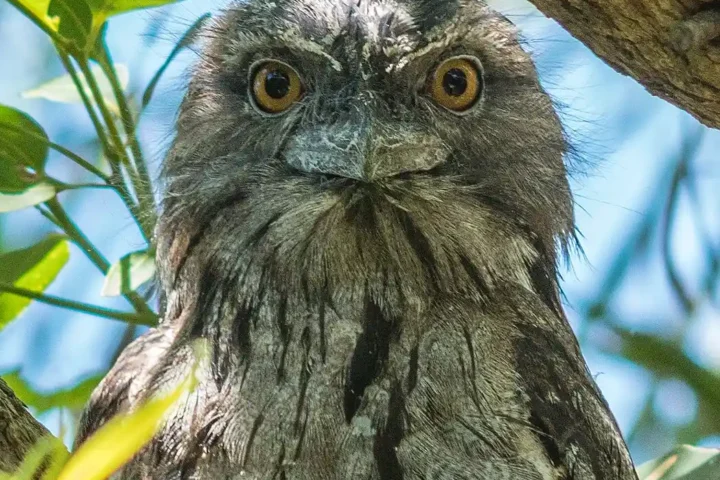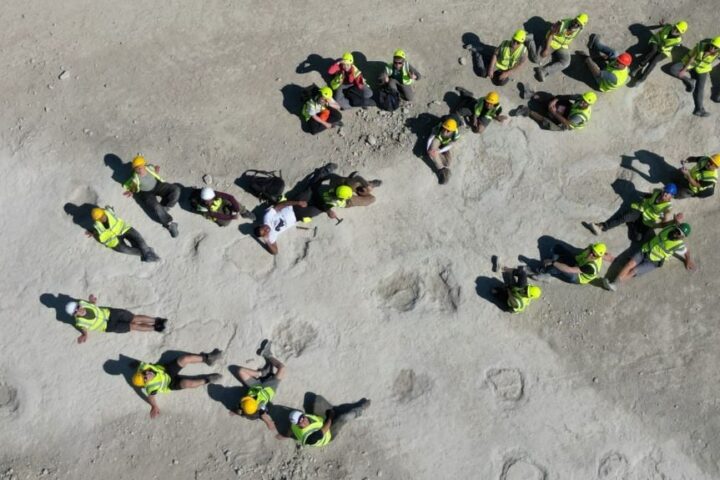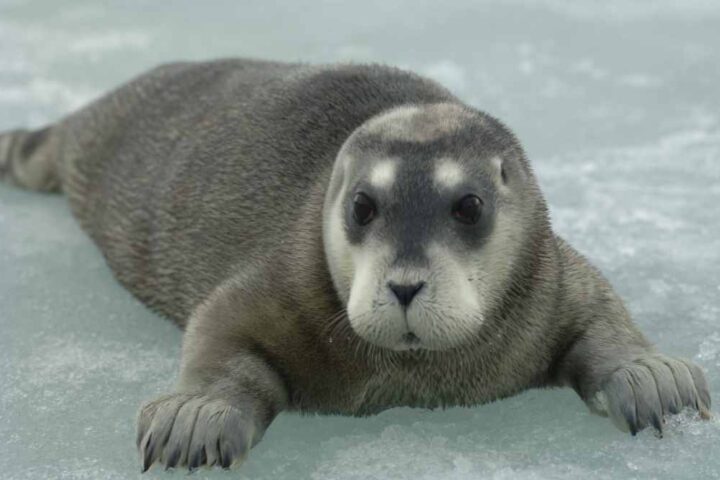SEA LIFE Florida at LEGOLAND Florida Resort in Winter Haven marked a significant milestone in marine education and conservation with its announcement to open for Annual Passholders on May 23, 2025, followed by a grand opening celebration on June 6, 2025, in honor of World Ocean Day. This timing creates the world’s first “Theme Park Under the Sea” concept designed specifically for families with children aged 2 to 12.
World’s First Underwater Theme Park Design
The 150,000-gallon facility showcases an unprecedented approach to marine habitat display. Instead of traditional aquarium tanks, SEA LIFE Florida features coral castles, carousel hideaways, and hotel-like spaces that merge marine conservation with familiar theme park elements. This design philosophy ensures animal welfare while making marine life more accessible to young minds.
“This moment marks the shift from construction site to conservation site,” said Sarah McMahon, curator at SEA LIFE Florida. “From building walls to building connections between people and the ocean.”
Marine Biodiversity Showcase
The aquarium houses over 3,000 animals representing 150 species from local Florida waters and global marine ecosystems. Visitors encounter diverse marine life including:
Coastal Florida Species:
- Blacktip reef sharks
- Blue-spotted stingrays
- Cownose stingrays
- Moon jellyfish
Interactive Species:
- Big-belly seahorses (with dedicated nursery exhibit)
- Giant Pacific octopus
- Moray eels
- Various coral reef fish
The facility features 25 interactive exhibits spread across specialized zones, including a freshwater swamp highlighting regional aquatic ecosystems, Key West Harbor showcasing coastal marine life, Stingray Bay for hands-on encounters, and a 180-degree ocean tunnel providing wraparound marine views.
SEA LIFE Trust Partnership for Marine Conservation
SEA LIFE Florida collaborates with SEA LIFE Trust, a registered charity (no. 1175859) working globally to protect marine life and ocean ecosystems. The Trust operates the world’s first Beluga Whale Sanctuary in Iceland and the Cornish Seal Sanctuary in the UK, demonstrating practical conservation through rescue, rehabilitation, and release programs.
The partnership supports multiple conservation initiatives:
- Marine Protected Area development
- Plastic pollution reduction campaigns
- Seahorse protection from overfishing
- Shark conservation efforts
Similar Posts
Sustainable Operations Initiative
Starting with SEA LIFE Florida’s opening on May 23, all LEGOLAND Florida Resort properties, including PEPPA PIG Theme Park Florida, transitioned to recyclable bags resort-wide, eliminating single-use plastic bags. This initiative directly supports ocean conservation by reducing plastic pollution that threatens marine ecosystems.
During construction, the “Sealed With Steel” beam-signing event raised funds for SEA LIFE Trust conservation projects, demonstrating community engagement in marine protection efforts.
Educational Conservation Programs
The facility emphasizes hands-on marine education through:
Interactive Touch Pools: Visitors can safely touch stingrays and other appropriate species under staff supervision Invertebrate Discovery Stations: Children learn about marine invertebrates through guided exploration Conservation Messaging: Each exhibit includes information about threats facing marine species and conservation actions
Research indicates that aquarium visits can increase environmental awareness among children and families, with studies showing participants develop stronger connections to marine conservation after interactive experiences with live marine animals.
Industry Context and Conservation Standards
Modern aquariums like SEA LIFE Florida operate under strict animal welfare standards. The Association of Zoos and Aquariums accreditation process evaluates facilities on animal care, conservation programs, and educational impact. These standards ensure captive marine animals receive appropriate habitats, nutrition, and environmental enrichment.
Public aquariums serve multiple conservation functions:
- Rescue and rehabilitation of injured marine wildlife
- Captive breeding programs for endangered species
- Research on marine animal biology and behavior
- Public education about ocean conservation
Visiting Information and Conservation Impact
SEA LIFE Florida requires separate admission or can be added to existing LEGOLAND passes. Annual passholders receive exclusive early access on May 23, ahead of the official grand opening on June 6. Typical visits last 45-90 minutes, allowing families to engage with all exhibits thoroughly.
The facility integrates conservation education throughout the visitor experience, encouraging guests to support marine protection through:
- Reducing plastic consumption
- Supporting sustainable seafood choices
- Participating in beach cleanups
- Contributing to marine conservation organizations
Future Implications for Marine Education
SEA LIFE Florida represents a new model for aquarium design that prioritizes both animal welfare and educational impact. The theme park integration approach makes marine conservation concepts more engaging for young audiences, potentially inspiring the next generation of ocean advocates.
Research suggests early exposure to marine life through quality educational experiences correlates with stronger environmental consciousness in adulthood. By combining entertainment with conservation education, facilities like SEA LIFE Florida may play a crucial role in developing future marine conservationists.
The facility’s partnership with global conservation organizations demonstrates how entertainment venues can contribute meaningfully to marine protection efforts while maintaining commercial viability. This model may influence future aquarium developments worldwide, promoting conservation-focused design and operations.
Supporting Marine Conservation Beyond the Visit
Families visiting SEA LIFE Florida can extend their conservation impact beyond the aquarium experience by:
Reducing Plastic Use: Choose reusable bags, water bottles, and containers to minimize ocean plastic pollution Supporting Sustainable Seafood: Select seafood from well-managed fisheries to protect marine ecosystems Beach Preservation: Participate in local beach cleanups and report marine animal strandings to authorities Educational Engagement: Continue learning about marine conservation through documentaries, books, and online resources
The opening of SEA LIFE Florida demonstrates how marine conservation can be integrated into family entertainment, creating meaningful connections between people and ocean ecosystems. Through innovative design, hands-on education, and conservation partnerships, this facility contributes to both local tourism and global marine protection efforts.
As marine environments face increasing threats from climate change, pollution, and overfishing, facilities that inspire conservation awareness among young people become increasingly valuable. SEA LIFE Florida’s approach of combining educational excellence with entertainment value may represent a promising model for future marine conservation education facilities, where the future of our oceans depends on inspiring today’s children to become tomorrow’s ocean protectors.
